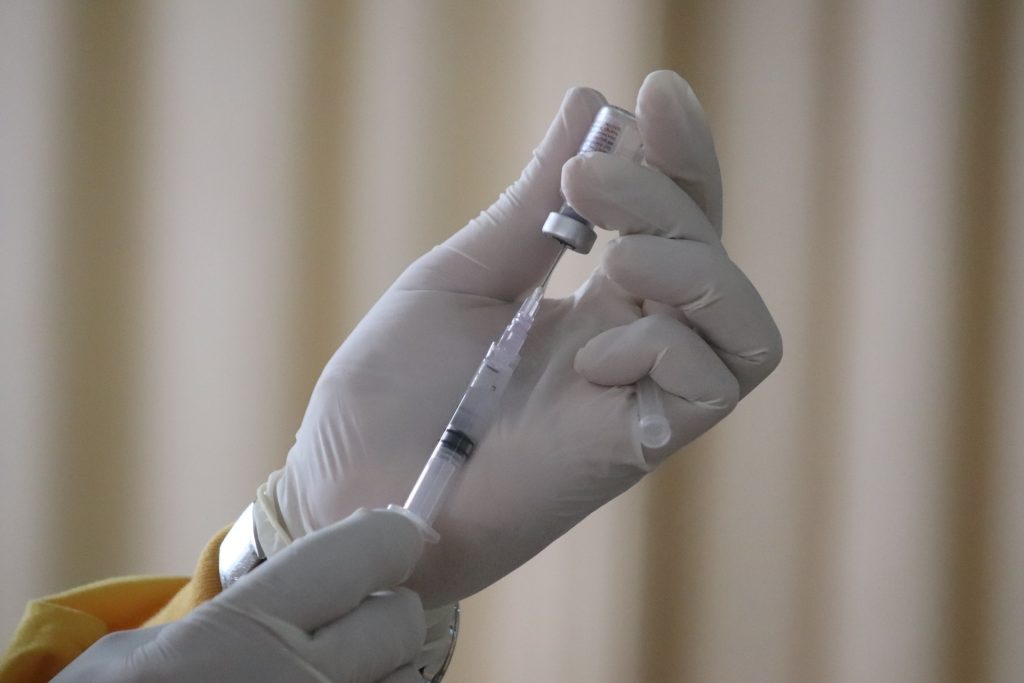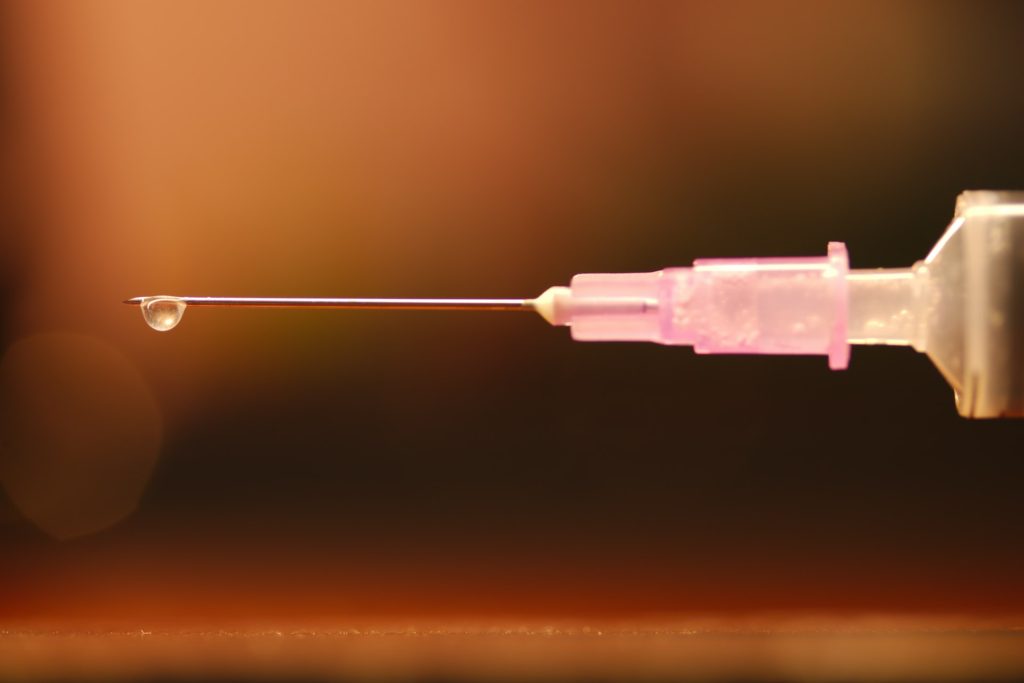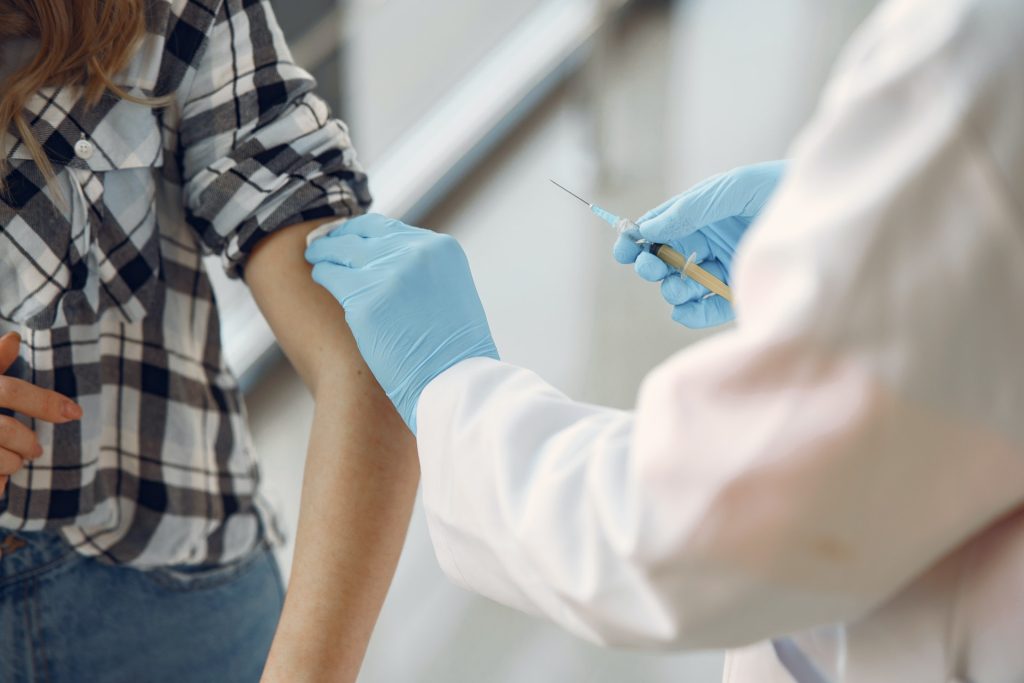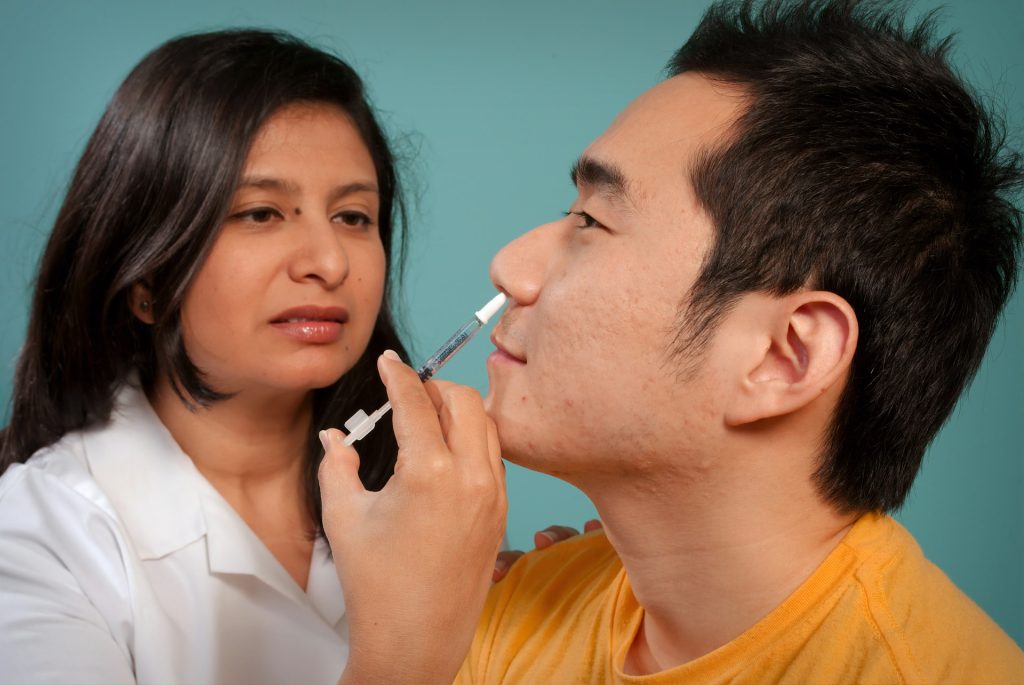Children’s Birthdays Reveal the Best Month to Give Flu Shots
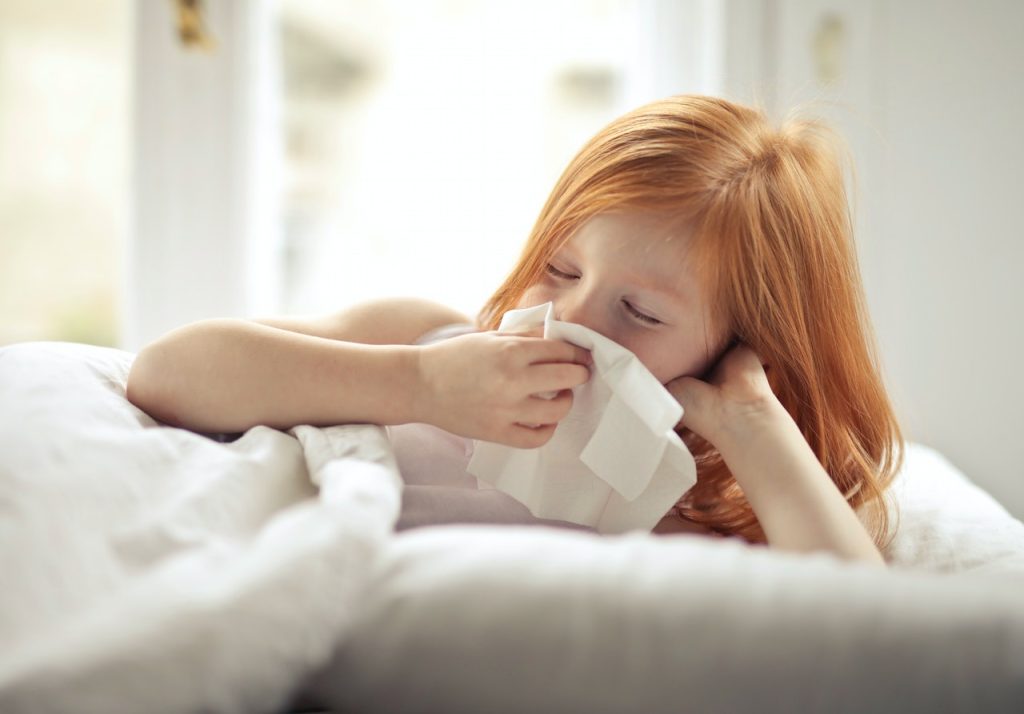
In the northern hemisphere, children born in October are most likely to be vaccinated for the flu in October – and are least likely to be diagnosed with influenza, according to results of the first large-scale study of optimal timing for the flu shot.
The study, by researchers from the Department of Health Care Policy in the Blavatnik Institute at Harvard Medical School, amplifies public health guidance that encourages getting flu vaccinations in October for those in the northern hemisphere. The findings appear in the BMJ.
“There are a lot of variables when it comes to the timing and severity of flu season or a person’s risk of getting sick, and many of those are out of our control,” said Anupam Jena, the Joseph P. Newhouse Professor of Health Care Policy at HMS, physician at Massachusetts General Hospital, and senior author of the study. Christopher Worsham, HMS assistant professor of medicine and critical care physician at Mass General, led the study.
“One thing we have some control over is the timing of the shot,” Jena said, “and it looks like October is indeed the best month for kids to get vaccinated against the flu.”
In January the U.S. Centers for Disease Control and Prevention reported at least 150,000 hospitalizations and 9,400 deaths due to flu as of the time of the report and noted that high demand for hospital care for influenza has contributed to strained hospital capacity in some parts of the country. Over the past decade in the U.S., between one and 199 children have died of influenza each flu season. Across the years, most children who die are not fully vaccinated against the flu.
Part of the reason the timing of the shot is tricky is the way the immune system responds to a vaccine. If a person gets the shot too early, their immunity may fade by the time flu season peaks. If they wait too long, their body may not have time to build immunity strong enough to protect against the peak level of infections.
How soon is too soon, and how late is too late?
While public health recommendations in the U.S. have long promoted September and October flu shots, there has never been a randomised clinical trial to test the best timing, nor a large-scale effort to see how likely people who get vaccinated in other months are to get sick, Jena said.
When Jena was at a late summer meeting in 2022, he mentioned that his arm was sore from getting his flu shot. A colleague asked whether he was concerned about his immunity waning before flu season.
“It hadn’t occurred to me to check if one month or the other might make a big difference,” Jena said. “When we looked at the science, we were surprised that no one had ever looked at the question in a big population.”
Organising a clinical trial would require a lot of time and resources to coordinate the random distribution of flu jabs across hundreds or thousands of people.
But Jena, Worsham, and study co-author Charles Bray, HMS research assistant in health care policy, had a good idea where they could find an already randomized study population.
The surprising link between birth dates and childhood flu vaccination
In prior research reported in the New England Journal of Medicine in 2020, Jena and Worsham documented the way birth month determines how likely it is that children get the flu shot at all.
Young children in the U.S. tend to get their yearly checkup around their birthday, and it’s also when they get most of their vaccines. Children with spring and summer birthdays often don’t get the flu shot because it’s not available when they go for their annual visit, and many parents don’t make an extra trip for it.
The NEJM research was meant to highlight the importance of promoting the flu vaccine in the fall for children with birthday months that make it less likely that they will get the vaccine. Jena and Worsham realized they could also leverage this quirk of health care to study a ready-made distribution of children who get checkups – and flu shots – across all the months when the vaccine is commonly available.
Randomised by birthday
Studying children who got a flu shot in their birth month minimised certain factors related to the risk of infection that would have made it harder to measure the true impact of the timing of the shot.
For instance, families who proactively sought out shots in a non-birthday month might have done so because the child had a higher risk of catching the flu or because family members were more cautious and more likely to take actions that would protect them from the flu, such as handwashing and disinfecting.
For the BMJ study, Jena, Worsham, and Bray analysed the anonymised commercial health insurance records of more than 800 000 children in the U.S. from 2 to 5 years old who received influenza vaccines from 2011 to 2018.
The analysis showed that children born in October had the lowest rate of influenza diagnosis. For example, 2.7% of children born and vaccinated in October were diagnosed with the flu that season, compared to 3% of those born and vaccinated in August or January, 2.9% of those born and vaccinated in September or December, and 2.8% of those born and vaccinated in November.
The findings suggest that U.S. public health interventions focused on vaccination of young children in October may yield the best protection in typical flu seasons, the authors said.
“This study can help people pinpoint the best time to get flu vaccines for their children – especially the ones who weren’t born in October,” Worsham said.
“We’ve had several rough winters in a row for respiratory viruses, between COVID-19, RSV, and the flu,” Worsham said. “We need all the help we can get to keep people safe from these diseases.”
Source: Harvard Medical School




